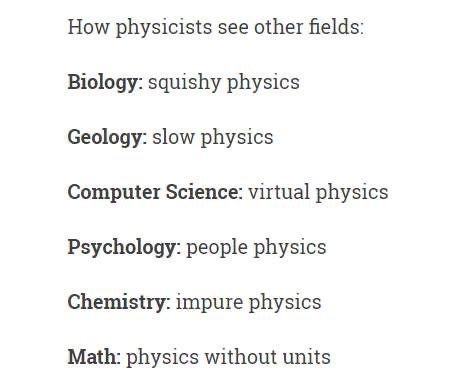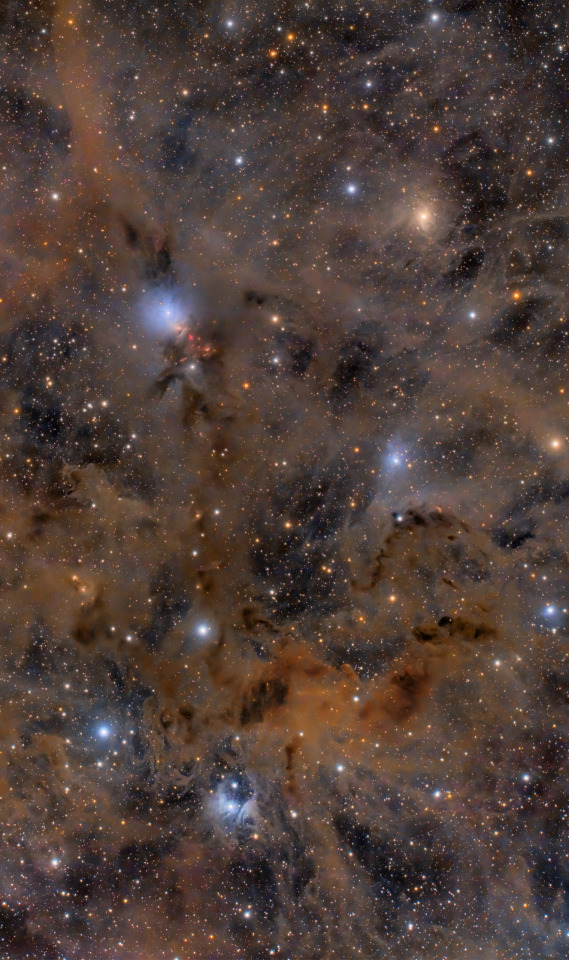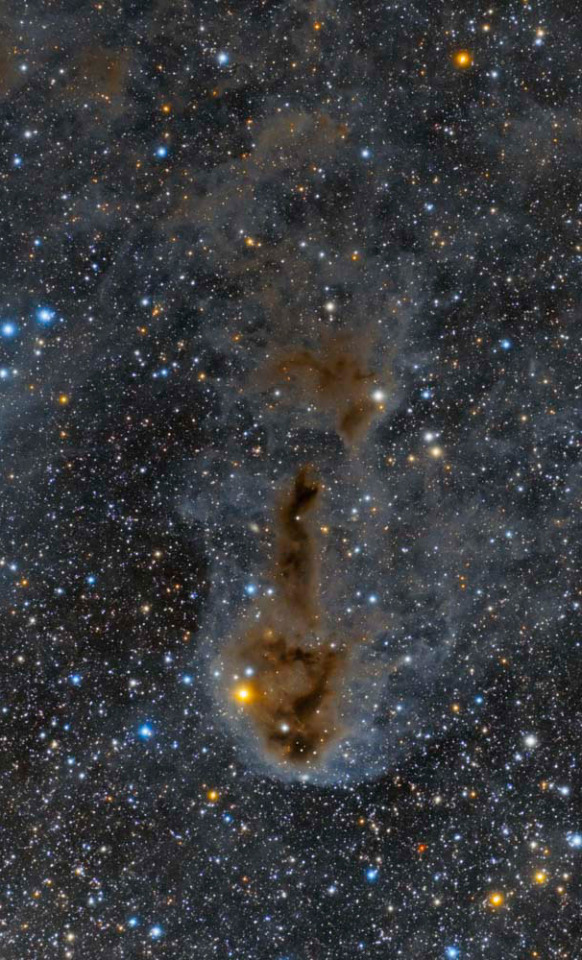SQUISHY PHYSICS- I-
SQUISHY PHYSICS- I-

More Posts from Astrowizkids and Others

Since I’ve been posting/reposting images that referencing the James Webb Space Telescope, I thought I’d add some comments (from Wikipedia) about it.
JWST was launched on December 25, 2021 is intended to succeed the Hubble. It’s first images were released on July 11, 2022.


Paraphrased from Wiki, “JWST was is a designed to conduct infrared astronomy. Its the largest optical telescope in space with greatly improved resolution and sensitivity that allows it to view objects too old, distant, or faint for the Hubble Space Telescope. “

Webb's First Deep Field image of galaxy cluster SMACS 0723 (released on 11 July 2022)
Best Conditions for Stargazing
Stargazing
So you want to go stargazing...but when...and where?
Follow what I call the 3 C's:
1. Clear skies
You definitely want to go stargazing only when the night skies are clear because otherwise, you won't be able to see anything. What does it mean to be clear? Well, you want to make sure that the stars are easily visible and there's no dust, moisture, or anything else that could make the stars hazy or difficult to see. Another important thing to think about is the brightness of the moon; if the moon is too bright it might outshine the stars and make them harder to view--that's why New Moons are optimal times to go stargazing.
2. Close to sky
Stargazing is best done high up and closer to the stars, and far, far away from city lights. Light pollution can seriously ruin your experience, so plan ahead and go somewhere high up and with low levels of light pollution. Locations good for stargazing usually include mountains, the tops of buildings, and beaches (usually the cliffs by the ocean are great).
3. Cold air
This isn't a requirement, but generally, visibility is better during the winter when the air is cold and the Artic sends cleaner air southwards. Plus, you can bring hot chocolate and roast s'mores!
Pro tip: Google good locations in your area to go stargazing--your five minutes of google searching will definitely pay off!

There is literally nothing that can compete with how satisfying cancelling down an equation is

Jupiter’s innards are full of the remains of baby planets that the gas giant gobbled up as it expanded to become the behemoth we see today, scientists have found. The findings come from the first clear view of the chemistry beneath the planet’s cloudy outer atmosphere.
Despite being the largest planet in the solar system, Jupiter has divulged very little about its inner workings. Telescopes have captured thousands of images of the swirling vortex clouds in the gas giant’s upper atmosphere, but these Van Gogh-esque storms also act as a barrier blocking our view of what’s below.
“Jupiter was one of the first planets to form,” in the first few million years when the solar system was taking shape around 4.5 billion years ago, lead researcher Yamila Miguel, an astrophysicist at Leiden University in The Netherlands, told Live Science. However, we know almost nothing for certain about how it formed, she added.
In the new study, researchers were finally able to peer past Jupiter’s obscuring cloud cover using gravitational data collected by NASA’s Juno space probe. This data enabled the team to map out the rocky material at the core of the giant planet, which revealed a surprisingly high abundance of heavy elements. The chemical make-up suggests Jupiter devoured baby planets, or planetesimals, to fuel its expansive growth.
Continue Reading.

“How to Identify that Light in the Sky ” Is the NASA Astronomy Picture of the Day of today, November 14, 2021

Messier 101 : Big, beautiful spiral galaxy M101 is one of the last entries in Charles Messier’s famous catalog, but definitely not one of the least. About 170,000 light-years across, this galaxy is enormous, almost twice the size of our own Milky Way. M101 was also one of the original spiral nebulae observed by Lord Rosse’s large 19th century telescope, the Leviathan of Parsontown. Assembled from 51 exposures recorded by the Hubble Space Telescope in the 20th and 21st centuries, with additional data from ground based telescopes, this mosaic spans about 40,000 light-years across the central region of M101 in one of the highest definition spiral galaxy portraits ever released from Hubble. The sharp image shows stunning features of the galaxy’s face-on disk of stars and dust along with background galaxies, some visible right through M101 itself. Also known as the Pinwheel Galaxy, M101 lies within the boundaries of the northern constellation Ursa Major, about 25 million light-years away. via NASA
-
 therealestmallet liked this · 5 months ago
therealestmallet liked this · 5 months ago -
 qidynamics reblogged this · 6 months ago
qidynamics reblogged this · 6 months ago -
 qidynamics reblogged this · 6 months ago
qidynamics reblogged this · 6 months ago -
 qidynamics liked this · 6 months ago
qidynamics liked this · 6 months ago -
 rue-cimon reblogged this · 10 months ago
rue-cimon reblogged this · 10 months ago -
 garlictree liked this · 11 months ago
garlictree liked this · 11 months ago -
 giantjupiter liked this · 1 year ago
giantjupiter liked this · 1 year ago -
 snakesarefuckingcute reblogged this · 1 year ago
snakesarefuckingcute reblogged this · 1 year ago -
 snakesarefuckingcute liked this · 1 year ago
snakesarefuckingcute liked this · 1 year ago -
 rosialea reblogged this · 1 year ago
rosialea reblogged this · 1 year ago -
 kestrel-wylde liked this · 1 year ago
kestrel-wylde liked this · 1 year ago -
 well-maybe-i-feel-stabby liked this · 1 year ago
well-maybe-i-feel-stabby liked this · 1 year ago -
 funkelnderdia liked this · 1 year ago
funkelnderdia liked this · 1 year ago -
 faedrawsstuff liked this · 1 year ago
faedrawsstuff liked this · 1 year ago -
 nyastermind reblogged this · 1 year ago
nyastermind reblogged this · 1 year ago -
 omororbr liked this · 1 year ago
omororbr liked this · 1 year ago -
 theblueberryclarinet reblogged this · 1 year ago
theblueberryclarinet reblogged this · 1 year ago -
 voidlesslove liked this · 1 year ago
voidlesslove liked this · 1 year ago -
 kohamarsonist liked this · 1 year ago
kohamarsonist liked this · 1 year ago -
 karl-von-moor-official liked this · 1 year ago
karl-von-moor-official liked this · 1 year ago -
 ezhiblack liked this · 1 year ago
ezhiblack liked this · 1 year ago -
 carsgadgetsetc reblogged this · 1 year ago
carsgadgetsetc reblogged this · 1 year ago -
 carsgadgetsetc liked this · 1 year ago
carsgadgetsetc liked this · 1 year ago -
 gaycodedvillainy liked this · 1 year ago
gaycodedvillainy liked this · 1 year ago -
 svnrae liked this · 1 year ago
svnrae liked this · 1 year ago -
 fireinailp01 liked this · 1 year ago
fireinailp01 liked this · 1 year ago -
 himbosexuality liked this · 1 year ago
himbosexuality liked this · 1 year ago -
 geeklifesstuff liked this · 1 year ago
geeklifesstuff liked this · 1 year ago -
 caraisl liked this · 1 year ago
caraisl liked this · 1 year ago -
 jjaysontodd liked this · 1 year ago
jjaysontodd liked this · 1 year ago -
 orangey-orange reblogged this · 1 year ago
orangey-orange reblogged this · 1 year ago -
 dagnal liked this · 1 year ago
dagnal liked this · 1 year ago -
 its-ya-girl-kitty-lover-13 liked this · 1 year ago
its-ya-girl-kitty-lover-13 liked this · 1 year ago -
 bring-cringe-back liked this · 1 year ago
bring-cringe-back liked this · 1 year ago -
 flip-flop-flippity liked this · 1 year ago
flip-flop-flippity liked this · 1 year ago -
 coralspyloverflap liked this · 1 year ago
coralspyloverflap liked this · 1 year ago -
 read-books-instead reblogged this · 1 year ago
read-books-instead reblogged this · 1 year ago -
 adragonite liked this · 2 years ago
adragonite liked this · 2 years ago -
 q-sugar liked this · 2 years ago
q-sugar liked this · 2 years ago
Astronomy. Physics. Stargazing. Access my website here: https://astrowizkids.homesteadcloud.com/blog
34 posts









